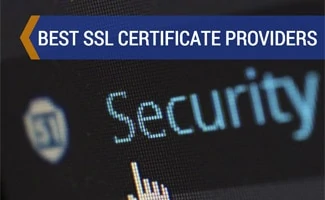When you purchase through links on our site, we may earn a commission. Here’s how it works.

This explains why when you click on a link such as: domain.com/page one.htm you see it parsed in the address bar as example.com/page%20one.htm. In this case the %20 is the escape character for the space.
Mass Find And Replace For Documents Or Web Pages
Chances are you’re looking up the code for a URL escape character because you’re a web designer, or at least building and designing your own web site. One of the biggest pains in web design can be the need to update a small piece of content on multiple pages.
In this case, if you’re needing to update a URL escape character, it will be a pain in the butt to have to open a dozen files individually and make the change. In comes FAR Find & Replace software. Why pay $100 for Homesite (the only other software that does reliable mass find and replace for HTML or CSS documents), when you can use opensource FAR for free?
It’s powerful and efficient, and compatible with Windows operating systems. It works with all documents, not just web page files. With it, you can change or update multiple web pages/files at once, including multiple instances of URL escape characters.
Whether it’s a link, a copyright notice, or simply a spelling mistake – you’ll be able to update hundreds of web pages or text documents at once, without having to edit edit each of them manually.
What You See Is What You Get (WYSIWYG) HTML Editor
If you’d like to take the hassle out of hand-coding your escape characters, checkout the free open source editor BlueGriffon HTML Editor. No technical knowledge required – what you see is what you get (WYSIWYG). In other words, if you’re familiar with using Word Processing software, you should have no problem using BlueGriffon to easily create web documents and web pages.
You can even create an entire website of your own from the bottom up – without any programming experience. We’re curious to hear how you like BlueGriffon, given that there are many other solutions available. Let us know in the comments, we want to post the best option here for our readers.
Common URL Escape Characters
| Table of URL Escape Characters | |||
|---|---|---|---|
| Character | Escape Character | Character | Escape Character |
| Space | %20 | # | %23 |
| $ | %24 | % | %25 |
| & | %26 | @ | %40 |
| ` | %60 | / | %2F |
| : | %3A | ; | %3B |
| < | %3C | = | %3D |
| > | %3E | ? | %3F |
| [ | %5B | \ | %5C |
| ] | %5D | ^ | %5E |
| { | %7B | | | %7C |
| } | %7D | ~ | %7E |
| “ | %22 | ‘ | %27 |
| + | %2B | , | %2C |
Good Coding Practice
It is good coding practice to avoid the need for URL escape characters. As a rule of thumb, avoid using the special characters above when formulating a URI string (filename), and I recommend using the hyphen (-) instead of the underscore (_) (as all search engines recognize the hyphen as a space separator, but the same is not true for the underscore.
And older browsers do not correctly interpret the underscore in CSS). If you must use the above characters make sure to escape them using the above escape characters so when the browser parses your code it will not misinterpret the link. It’s important to note that these URL escape characters differ from HTML escape characters.
Looking For HTML (XHTML) Escape Characters?
Visit our page on HTML Escape Characters for a list of valid HTML (and XHTML) escape characters.
Anything we missed in the list above?
Tagged With: HTML


